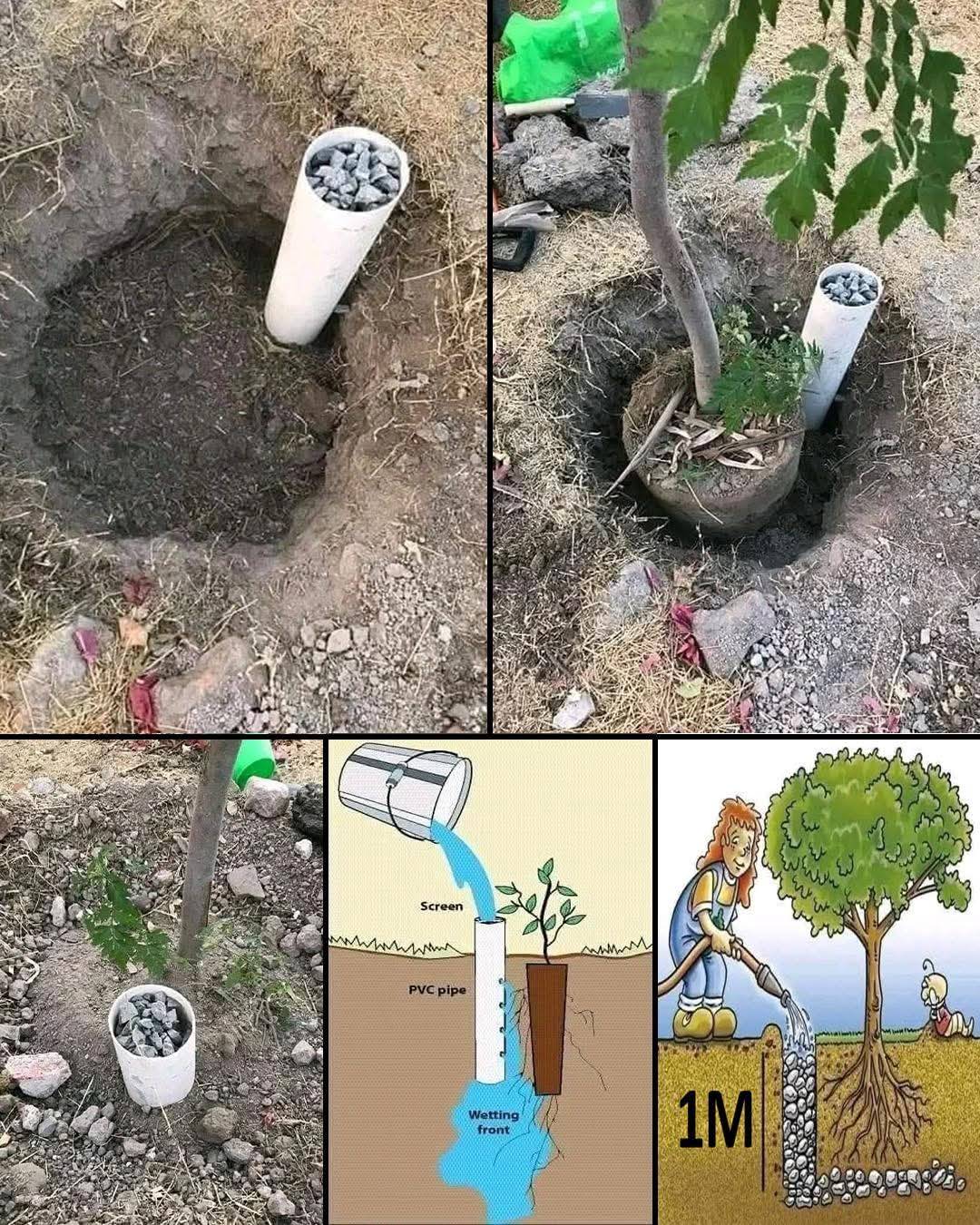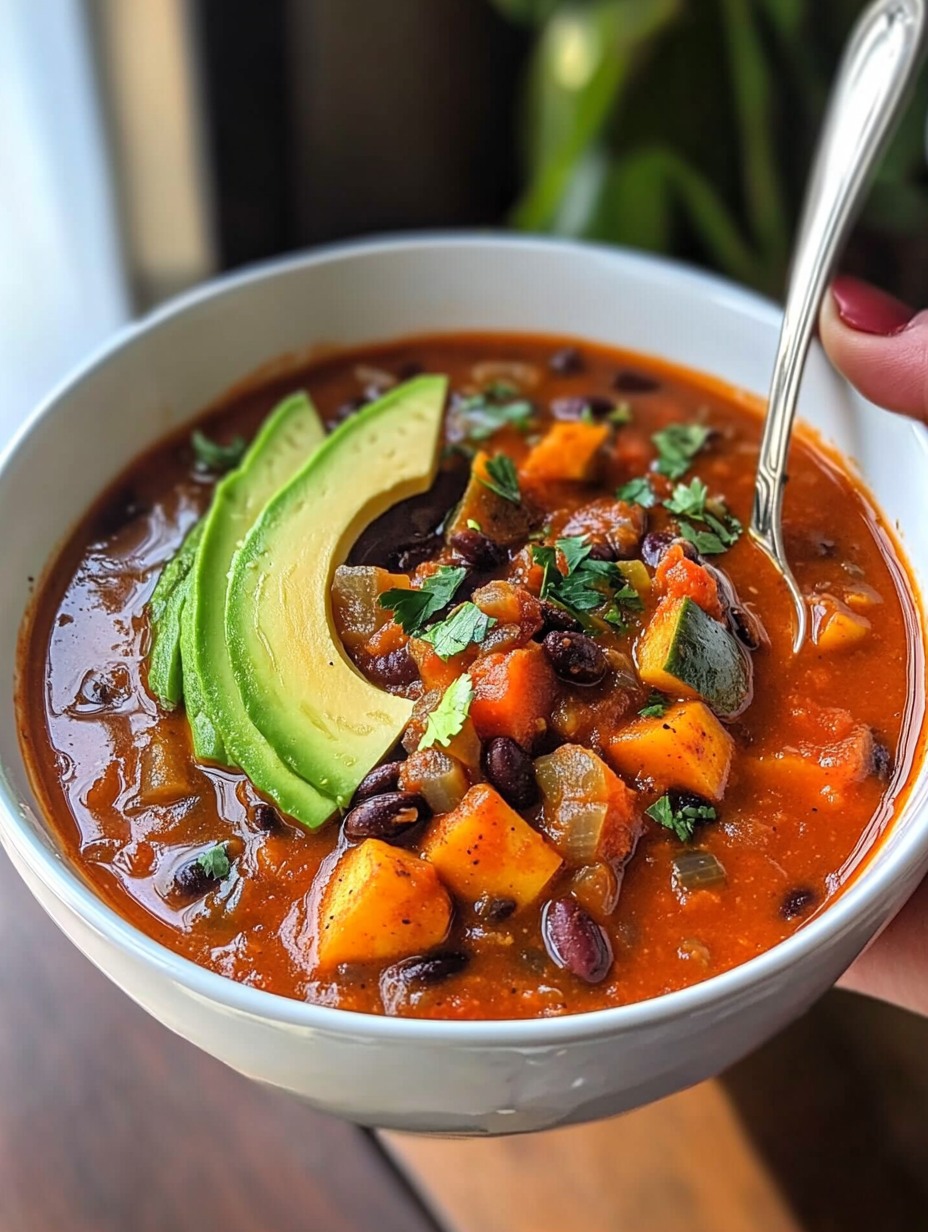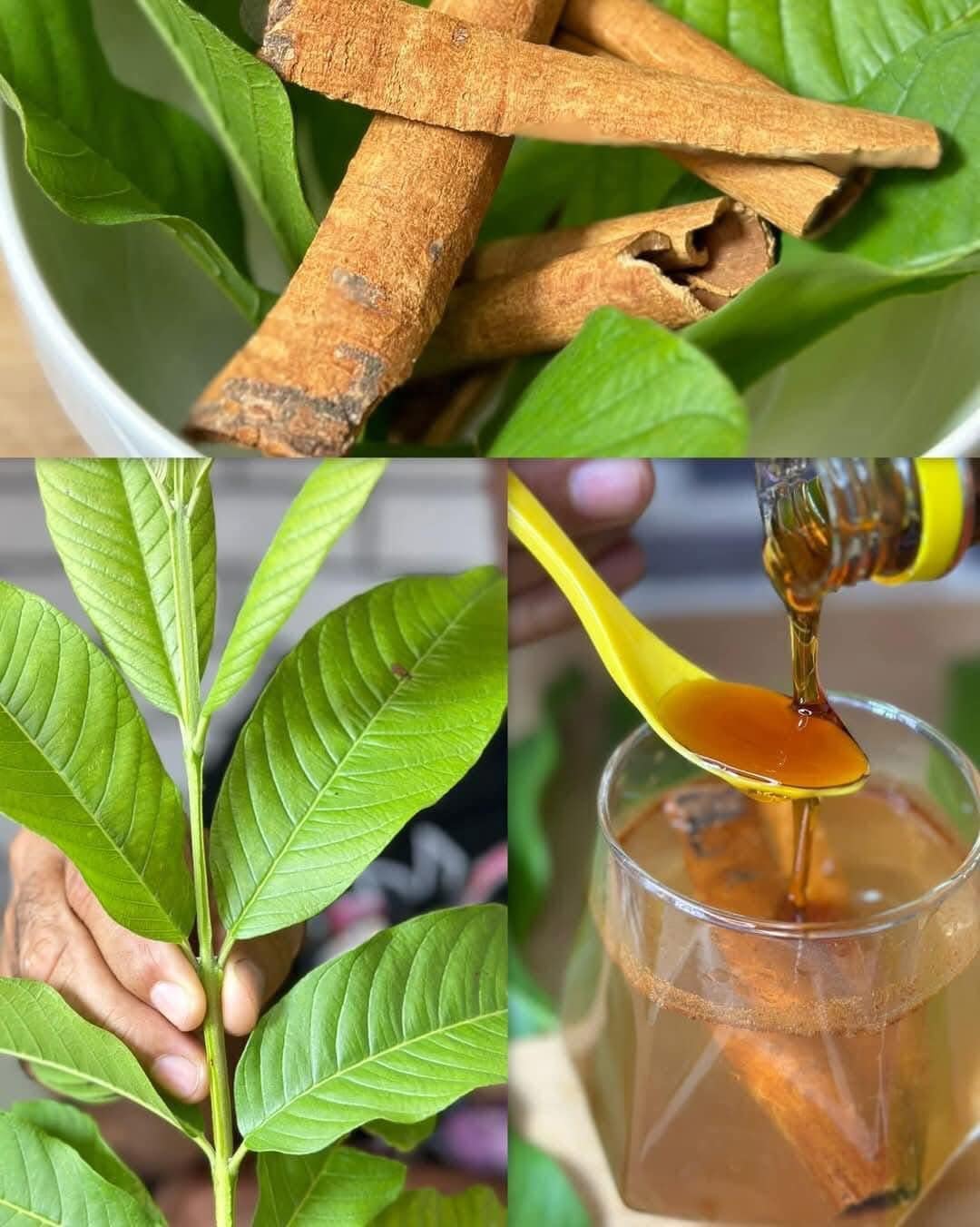Taking care of plants can be a rewarding experience, but it can also be challenging, especially when it comes to watering. Overwatering, underwatering, and uneven distribution of water are common issues many gardeners face. Fortunately, a smart watering technique involving the use of PVC pipes can help provide a more efficient, sustainable, and effective way to care for your plants. This method ensures that water reaches the roots where it is most needed, reducing water wastage and promoting healthy plant growth. In this article, we’ll explore the steps to implement this method and discuss its benefits.
Why Use PVC Pipes for Watering?
PVC (Polyvinyl Chloride) pipes have become a popular material for a variety of gardening and irrigation purposes due to their durability, affordability, and ease of use. When used for watering plants, PVC pipes provide several benefits:
- Efficient Watering: PVC pipes allow water to reach the root zone directly, minimizing the evaporation that typically occurs with surface watering.
- Deep Watering: The water is delivered deep into the soil, encouraging deep root growth and helping plants to become more drought-resistant.
- Water Conservation: Using PVC pipes reduces the risk of water wastage from surface evaporation, runoff, or inconsistent watering, making it an eco-friendly option.
- Customizable System: The length and placement of the PVC pipes can be adjusted to suit the specific needs of various plants, whether they are small indoor plants or large outdoor trees.
- Low Maintenance: Once set up, the system requires minimal upkeep, making it an efficient and long-lasting watering solution.
Now that we understand the benefits, let’s dive into how you can create this system for your garden.
Step-by-Step Guide to Using PVC Pipes for Efficient Watering
Step 1: Measure and Cut the PVC Pipe
The first step in creating your watering system is to determine the correct length of PVC pipe for the specific plant or tree you want to water. The length of the pipe will depend on the depth of the plant’s roots and the area you wish to irrigate. For smaller plants, a 12-18 inch pipe is typically sufficient, while for larger trees, you may need a pipe ranging from 2 to 3 feet long.
To measure the correct length, consider the depth of the plant’s root zone. You want the pipe to reach deep enough into the soil to ensure water can penetrate the root zone effectively. Cut the PVC pipe to the desired length using a saw, making sure the cut is straight and even.
Step 2: Drill Holes
Once you have your PVC pipe cut to the appropriate length, the next step is to create evenly spaced holes along the pipe. These holes will allow the water to seep through and reach the roots of your plants. The number of holes and their size will depend on the size of the plant and its water requirements.
For smaller plants, you can drill small holes about 1/16 to 1/8 inch in diameter, spaced every 6-8 inches along the pipe. For larger trees or plants with extensive root systems, you may need to drill larger holes, such as 1/4 inch or 1/2 inch, and space them further apart to ensure proper water distribution.
To drill the holes, use a power drill with a suitable drill bit. Be sure to drill the holes evenly to ensure uniform water flow. The more evenly spaced the holes, the more efficiently the water will be distributed to the roots.
Step 3: Place Geotextile Fabric (Optional)
While this step is optional, placing a piece of geotextile fabric around the bottom of the PVC pipe can help prevent clogs and soil intrusion, ensuring that the water flows freely through the pipe for a longer time. Geotextile fabric is designed to allow water to pass through while blocking soil, sand, and debris from entering the pipe.
To add the fabric, cut a small piece that will fit the bottom of the pipe and wrap it around the pipe’s opening. Secure the fabric in place with a tie, adhesive, or by tucking the edges of the fabric inside the pipe. This step helps maintain the integrity of the watering system and prevents the pipe from becoming clogged with dirt over time.
Step 4: Fill the Pipe with Gravel
After preparing the fabric (if using), the next step is to fill the PVC pipe with small stones or gravel. Fill the pipe to a height just below the lowest hole. The gravel serves multiple purposes. First, it helps with the distribution of water by allowing it to flow evenly from the pipe and into the surrounding soil. Second, it acts as a barrier to prevent soil from clogging the pipe. The gravel layer will also help to filter the water and ensure that it reaches the root zone efficiently.
When filling the pipe, make sure that the gravel is compacted enough to prevent it from moving around or dislodging, but leave enough space for water to flow through. The layer of gravel should be deep enough to allow water to seep through the holes without flooding or pooling.
Step 5: Position the PVC Pipe
Now that your pipe is ready, it’s time to position it in the ground. Start by digging a hole next to your plant or tree. The hole should be deep enough to accommodate the length of the PVC pipe, with the top of the pipe positioned just slightly above the ground level. This ensures that the watering process will be easy to manage and that you can pour water directly into the pipe.
Place the pipe vertically in the hole and gently pack soil around it to hold the pipe in place. The pipe should be positioned so that the holes are facing downward, allowing the water to seep into the soil and reach the roots. For larger trees, you may want to consider placing the pipe closer to the center of the root zone to maximize water distribution.
Step 6: Watering Your Plants
To use the PVC pipe watering system, simply pour water into the pipe. The water will travel through the pipe and seep out through the holes, reaching the root zone directly. This method ensures deep and efficient watering, as the water is absorbed into the soil at the root level rather than being absorbed through the surface.
One of the main advantages of using this system is that it reduces water waste by eliminating evaporation and runoff. Additionally, it encourages deeper root growth, as the roots are forced to grow deeper into the soil to reach the water. This results in stronger, healthier plants that are better able to withstand drought conditions and other environmental stressors.
Maintenance and Tips for Best Results
While the PVC pipe watering system requires minimal maintenance, there are a few tips to keep in mind to ensure optimal performance:
- Check for Clogs: Over time, soil and debris may accumulate in the holes or inside the pipe. It’s a good idea to periodically check the pipe for clogs and clear them out if necessary.
- Adjust for Plant Growth: As your plant grows, its root system may expand. Be sure to monitor the water distribution and adjust the length or placement of the PVC pipe if needed.
- Water Frequency: The frequency of watering will depend on the needs of your plant and the climate in which you live. This system is designed to provide deep watering, so you may not need to water as often as you would with surface watering methods.
- Avoid Overwatering: Even with this efficient system, it’s important not to overwater. Always check the moisture level of the soil before adding more water.
Conclusion
The smart watering technique using PVC pipes is a highly effective and sustainable way to care for your plants. By providing deep, consistent watering directly to the root zone, this method promotes healthy plant growth, conserves water, and reduces the risk of overwatering or underwatering. It’s a customizable system that can be adapted to suit a wide range of plants, from small houseplants to large trees. With just a few simple materials and steps, you can create a watering system that not only keeps your plants hydrated but also enhances their overall health and vitality.
If you’re looking for a more efficient and eco-friendly way to water your plants, this PVC pipe technique is definitely worth trying. It’s a simple yet innovative solution that ensures your garden thrives with minimal effort and maximum impact.





